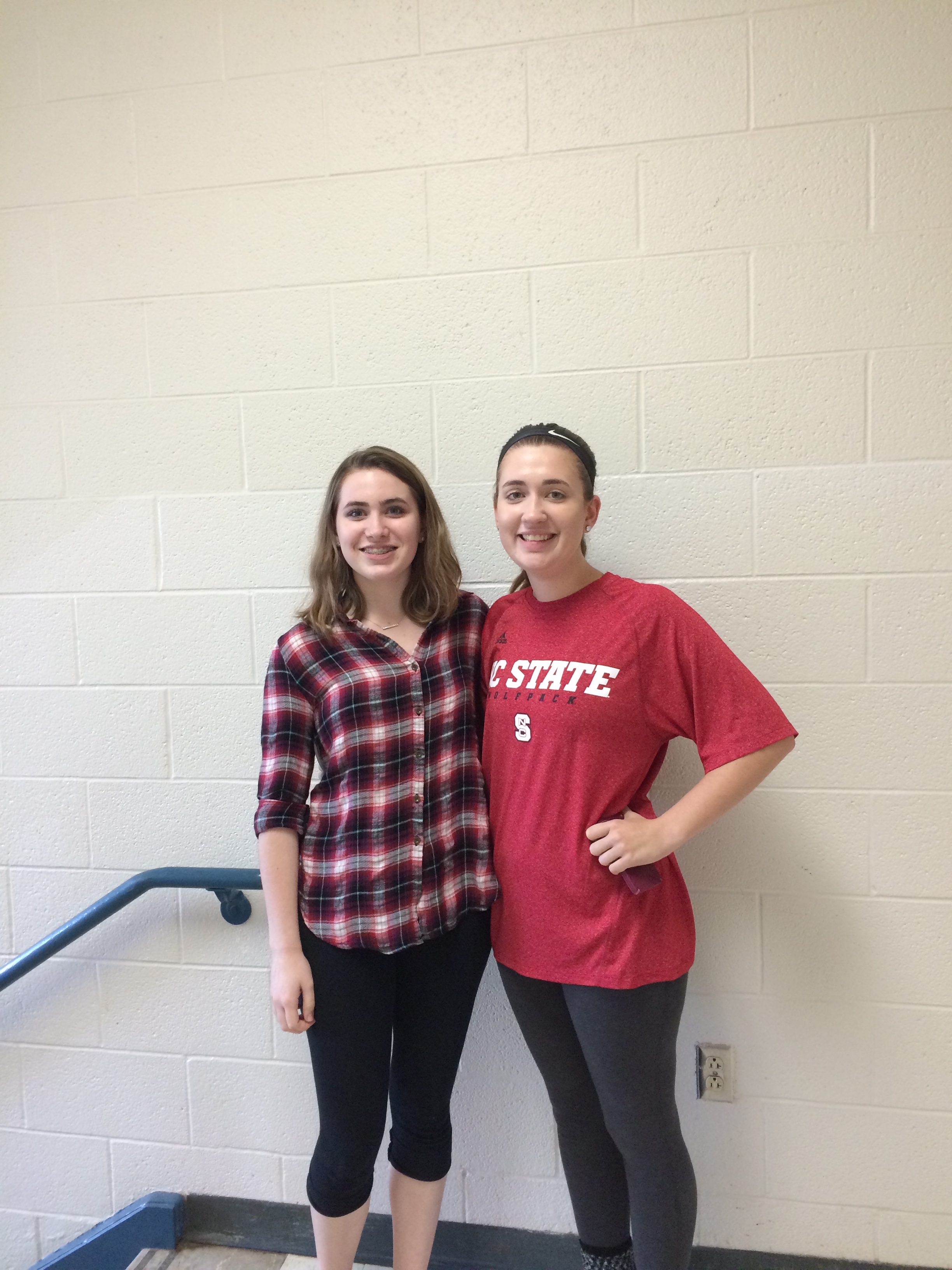
The universal fear that all freshmen going into high school seem to have: : ‘Will I be picked on?’ In the movies, the upperclassmen of the high school are usually depicted as the bullies, picking on freshmen only a few years younger than them. Looking at maturity levels, those few years seem like forever, but does this divide occur at Leesville?
Maturity: the ability to think and act like an adult in certain situations. The ability to think fast in quick decisions and evaluate the consequences of their actions for themselves and others are components usually used to evaluate maturity. Levels of maturity appear to play a key role in how upperclassmen and underclassmen interact.
“Juniors don’t really want to hang out with freshmen…because they are younger and less mature,” said Ally Thomas, a junior at Leesville.
Most freshmen are 14 years old, right in the middle of adolescence, a time when the brain goes through major changes. Neuroscientists have proven that the amount of grey matter-responsible for the growth of the brain-increases during early adolescence, which includes middle school and the early years of high school. Therefore, freshmen simply are not capable of the level of maturity that most upperclassmen have because their brains are still developing.
Upperclassmen tend to look down upon underclassmen, who don’t even possess the capability of maturity. Upperclassmen become frustrated when underclassmen do not perform to levels of maturity that they believe they are capable of.
Freshmen have expressed that they have noticed a division between the classes. “Even in classes, you’ll see seniors sitting with seniors and you’ll have freshmen clumping together,” said Noah Treichler, a freshman.
“The ages are so different and there are different interests and involvement,” said Lindsay Bateman, a senior, when asked about the difference between the classes.
Seniors understand how the school functions, and they have learned the traditions of the school. Freshmen and sophomores are still learning, but soon they will be those seniors.
Teachers give the impression that they understand the difference in levels of maturity as well. “It’s a little more relaxed between seniors and teachers because we are supposed to be more mature…so they trust us a little more and give us more freedom,” said Bateman.
Emma Ayscue, a sophomore, expressed this as well. “For a senior, [the teachers] expect them to [know what to do],” said Ayscue.
How else does the differences between classes show at Leesville? Many students expressed that SMART lunch shows the most division. “I get to go off campus for lunch,” said Thomas, stating that she views this as the biggest difference in privileges between the classes.
Upperclassmen, with off-campus lunch passes can leave school for lunch. Lunch off campus presents a unique opportunity for upperclassmen to build relationships outside of school. This further increases the divide, as they can choose where they want to go and who they want to go with, unlike in school, where everyone is within certain areas, with restricted freedom. It increases the distance, both literally and figuratively, between the classes.
Even the underclassmen, restricted to the Leesville campus, find a way to divide themselves. Freshmen tend to sit with freshmen, sophomores tend to sit with sophomores and the few juniors still on campus tend to stick together as well. The school cafeteria is visually divided by classes, as it is tradition for sophomores to sit on the ‘stage’ — the raised platform near the back of the cafeteria.
The divide tends to revolve around age. With age comes freedom, not only in high school, but in life. As children grow older they earn certain freedoms, eventually moving out and become more responsible for their life. High school follows this pattern, allowing upperclassmen to obtain certain freedoms that they did not have as underclassmen, such as parking passes or off-campus lunch opportunities.
It to be the division of freedoms. The typical stereotype of upperclassmen vs. underclassmen seems to stem from the wide division between the freedoms each are given.
Though the division between classes is not as wide in Leesville as it is in movies, it is still there. It is important for upperclassmen and underclassmen to remember the division, but also ignore it at times. Upperclassmen need underclassmen and vice versa because they can provide different views and opinions on topics that each has not thought of before. Underclassmen are thought of as innovators, bringing new, creative aspects and ideas to old traditions because of their age and imagination.
The ability to recognize and move past division is important not only in high school, but in the adult world and in the workplace. In a country where citizens are divided by gender, race, age, ethnicity, beliefs and so much more; it is important for citizens to recognize division. In order to break down barriers and connect with others to create peace, citizens must first have the ability to recognize there are barriers. As the popular saying goes-’The first step in solving a problem is realizing there is one.’ Citizens can not break down barriers that they don’t recognize are there in the first place.